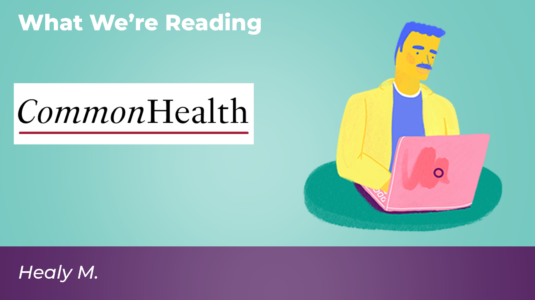This case report describes the process of assembling a multidisciplinary team to create an educational campaign with the goal of reducing stigma and bias in the medical record. Campaigns like this one can serve as models for medical and public health professionals who seek to advance health equity.
Healthcare Disparities/SDOH
Negative Patient Descriptors: Documenting Racial Bias In The Electronic Health Record
We found that Black patients at an urban academic medical center had disproportionately higher odds of negative patient descriptors appearing in the history and physical notes of their EHRs compared with White patients. This difference may indicate implicit racial bias not only among individual providers but also among the broader beliefs and attitudes maintained by the health care system. Such bias has the potential to stigmatize Black patients and possibly compromise their care, raising concerns about systemic racism in health care.
Physician Use of Stigmatizing Language in Patient Medical Records
This qualitative study found that physicians express negative and positive attitudes toward patients when documenting in the medical record. Although often not explicit, this language could potentially transmit bias and affect the quality of care that patients subsequently receive. These findings suggest that increased physician awareness when writing and reading medical records is needed to prevent the perpetuation of negative bias in medical care.
Words Matter: What Do Patients Find Judgmental or Offensive in Outpatient Notes?
One in 10 respondents reported feeling judged/offended by something they read in an outpatient note due to the perception that it contained errors, surprises, labeling, or evidence of disrespect. The content and tone may be particularly important to patients in poor health. Enhanced clinician awareness of the patient perspective may promote an improved medical lexicon, reduce the transmission of bias to other clinicians, and reinforce healing relationships.
Empowering patients and reducing inequities: is there potential in sharing clinical notes?
Patients who read their clinical notes via online patient portals (‘open notes’) report that doing so engages them actively in their care, improves their sense of control over their health and enhances safety. In several surveys, patients who are older, less educated, non-white or whose first language is not English report even greater benefits than do their counterparts. However, for many reasons, persons from these demographic groups are less likely to use health portals than other patient populations.
The Importance of Visit Notes on Patient Portals for Engaging Less Educated or Nonwhite Patients: Survey Study
Less educated and nonwhite patients using the portal each assigned higher importance to reading notes for several health behaviors than highly educated and white patients, and may find transparent notes especially valuable for understanding their health and engaging in their care. Facilitating access to notes may improve engagement in health care for some vulnerable populations who have historically been more challenging to reach.
Tackling Ambulatory Safety Risks Through Patient Engagement: What 10,000 Patients and Families Say About Safety-Related Knowledge, Behaviors, and Attitudes After Reading Visit Notes
Background: Ambulatory safety risks including delayed diagnoses or missed abnormal test results are difficult for clinicians to see, because they often occur in the space between visits. Experts advocate greater patient engagement to improve safety, but strategies are limited. Patient access to clinical notes (“OpenNotes”) may help close the safety gap between visits.
Methods: We surveyed patients and families who logged on to the patient portal and had at least one ambulatory note available in the past 12 months at two academic hospitals during June to September 2016, focusing on patient-reported effects of OpenNotes on safety knowledge, behaviors, and attitudes.
Patients perceptions of their doctors’ notes and after‐visit summaries: A mixed methods study of patients at safety‐net clinics
Patients are increasingly offered electronic access to their doctors’ notes, and many consistently receive paper After-Visit Summaries. Specific feedback from patients about notes and summaries are lacking, particularly within safety-net settings.
Patients Typing Their Own Visit Agendas Into an Electronic Medical Record: Pilot in a Safety-Net Clinic
Collaborative agenda setting is a communication skill that helps patients identify concerns early in the clinic visit, possibly diminishing the number of “Oh, by the way” items at the end of visits, and increasing patient satisfaction. Agenda setting, however, is often limited by time constraints.
Electronic medical records (EMRs) offer patients access to their medical data, including doctors’ notes, and have the capability to facilitate increased patient involvement in their health care and also contribute to their health data. OpenNotes is a national initiative, not a software program, that invites patients to review their visit notes written by their doctors, nurses, or other clinicians. Existing OpenNotes research shows enthusiasm among both patients and clinicians, but this is the first Open-Notes study of cogeneration of clinic notes.
Patient access to online radiology reports: Frequency and sociodemographic characteristics associated with use
Rationale and objectives: Our objective was to evaluate the frequency with which patients viewed their online radiology reports in relation to clinical and laboratory notes and identify sociodemographic factors associated with report viewing.
Method and materials: We conducted a cross-sectional study of 129,419 patients who had online patient portal access in our large health system in 2014. We determined whether patients viewed their radiology reports, laboratory reports, and clinical notes. We also collected patient sociodemographic information including gender, age, primary spoken language, race/ethnicity, and insurance status. We performed multivariate analyses to determine significant associations between viewing of radiology reports and viewing of other types of clinical reports and patient characteristics.





